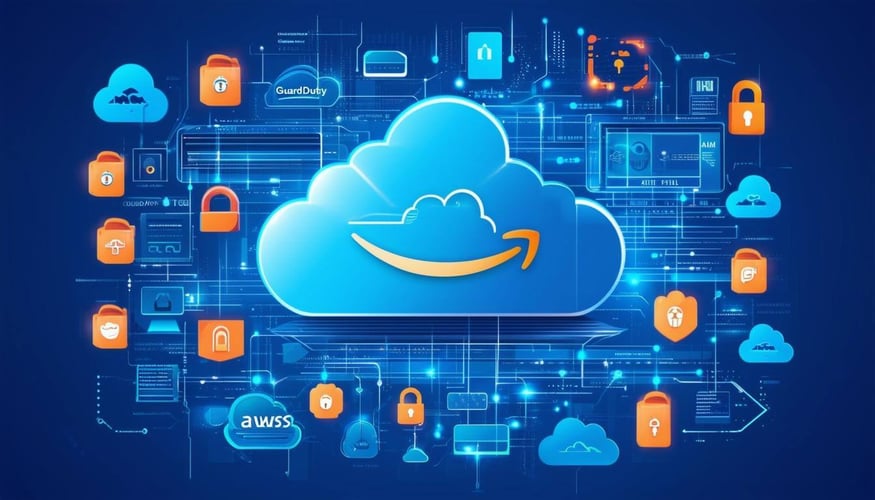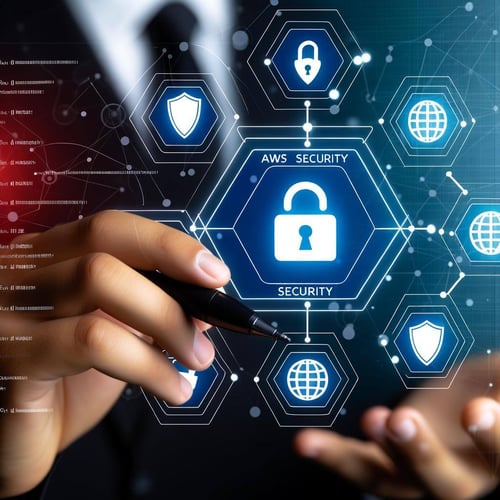Introduction
Remote work and increasingly sophisticated cyberattacks have made endpoint security critical for organizations. Whether it’s desktops, laptops, or mobile devices, these endpoints serve as gateways to corporate networks and, if compromised, can disrupt business operations. For mid-market companies, the challenge is not just securing these endpoints but doing so without the staffing or budget of larger enterprises. This is where Endpoint Detection and Response (EDR), Extended Detection and Response (XDR), and Managed Detection and Response (MDR) come into play.
Why Endpoint Security Matters
Endpoints are frequently targeted by cybercriminals because they represent the most accessible entry points into an organization’s systems. A breach at the endpoint level can open the door to ransomware attacks, data theft, or unauthorized access. With threats such as human-operated ransomware and phishing becoming more advanced, mid-market businesses need real-time monitoring and rapid response capabilities to mitigate risks effectively.
EDR, XDR, and MDR: Which Is Right for Your Business?
-
Endpoint Detection and Response (EDR)
EDR focuses on detecting and responding to threats specifically at the endpoint level, such as detecting unusual behavior or suspicious file activity. It is valuable for companies that need visibility into endpoint activities and faster incident response times. However, EDR alone can leave organizations vulnerable to broader threats across networks and cloud environments.
-
Extended Detection and Response (XDR)
XDR takes a more holistic approach, integrating data from endpoints, networks, emails, and cloud systems to offer broader visibility. It streamlines security data across multiple domains, helping organizations respond to complex threats efficiently. For mid-market companies looking to consolidate their security stack and reduce operational silos, XDR is a strategic solution. It provides unified threat detection and enables more effective remediation across various attack surfaces.
-
Managed Extended Detection and Response (MXDR)
MXDR services offer 24/7 monitoring by a dedicated security team, combining the strengths of EDR and XDR with human-led threat hunting and incident management. This service is ideal for companies that lack in-house security expertise but need continuous protection. MDR providers take a proactive approach, investigating alerts, responding to incidents, and managing threat remediation, easing the burden on internal IT teams.
The Value of Integrated Security for Mid-Market Companies
Mid-Market organizations often struggle with limited cybersecurity resources, making it crucial to adopt solutions that deliver maximum efficiency. MXDR services, built on the foundation of XDR, can drastically improve a company’s security posture by offering:
-
Comprehensive Threat Visibility
With data ingested from endpoints, cloud systems, and networks, XDR ensures that no threat goes unnoticed. -
Automated Response and Threat Hunting
MDR services leverage automation to respond to incidents promptly while also providing continuous human-led monitoring. -
Cost Efficiency
By outsourcing to an MDR provider, companies gain access to top-tier security expertise without the need to hire full-time specialists. -
Seamless Integration
MXDR integrates easily with existing security tools, ensuring businesses can optimize their technology investments without unnecessary complexity.
By adopting a layered security approach through EDR, MXDR, and MDR, companies can ensure that endpoints remain secure, and the broader IT environment stays resilient against advanced cyber threats. These solutions provide mid-market organizations with the visibility, speed, and expertise required to tackle today's cybersecurity challenges effectively.
Looking Ahead
For mid-market businesses seeking robust endpoint security without the overhead of a full in-house security operations center, Managed XDR offers the perfect solution.
Schedule a demo today to explore how our Managed Extended Detection and Response services can enhance your endpoint security, streamline your operations, and keep your business protected from emerging threats.




.png?height=500&name=GC%20+%20IM%20Logo%20(5).png)